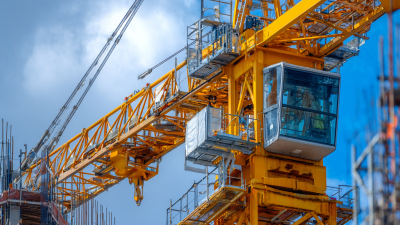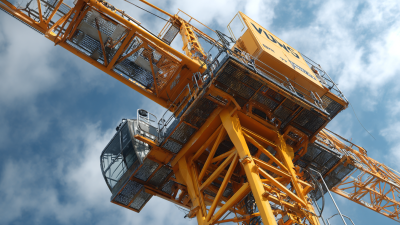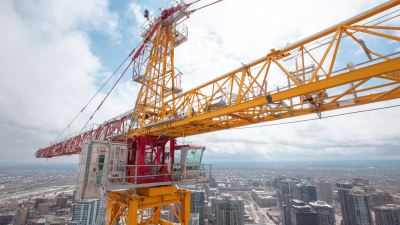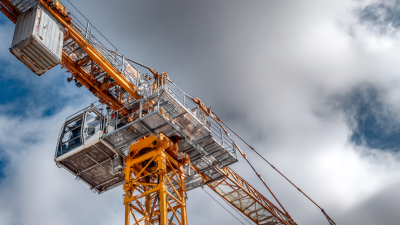In the ever-evolving landscape of construction, the selection of reliable tower crane parts is paramount to ensuring safety, efficiency, and productivity on job sites. As we approach 2025, understanding the intricacies of these components becomes increasingly critical for construction professionals. Renowned industry expert John Anderson, a veteran in crane manufacturing and maintenance, aptly states, "The quality of tower crane parts directly influences not only the performance but also the safety standards on the site." His insights highlight the importance of meticulous selection when it comes to sourcing these essential components.
With countless options available on the market, identifying trustworthy suppliers and understanding the specifications of tower crane parts can be daunting. Builders and contractors must prioritize quality and compatibility to avoid costly downtime and potential hazards. This guide aims to simplify the selection process by focusing on the top five essential considerations when choosing these crucial parts, ensuring that construction projects can proceed without a hitch. As we delve into these key factors, it will become clear how the right choices in tower crane parts can lead to a safer and more efficient construction environment.

When selecting reliable tower crane parts, a thorough understanding of the essential components is crucial for meeting construction needs effectively. The major parts of a tower crane include the mast, jib, counter-jib, and the operator's cab. According to a report by the International Tower Crane Association, quality components are key to ensuring safety and efficiency on construction sites. For instance, the mast must be constructed of high-grade steel to withstand severe weather conditions and heavy loads, as failures in this component can lead to catastrophic accidents.
Tips: Always verify the credentials and certifications of suppliers to ensure compliance with international safety standards. Investing in parts from reputable manufacturers can significantly reduce maintenance costs, as supported by findings from the Construction Industry Research Board, which indicate that 30% of crane failures can be traced back to substandard or worn-out parts.
Another vital aspect is the crane's hoisting mechanism. A reliable winch and pulley system not only ensure the safe lifting of materials but also improve the crane's operational efficiency. A study by the American Crane and Transport found that cranes with advanced hoisting technology can increase productivity by up to 20%. Therefore, when selecting components, prioritize those that incorporate the latest technological advancements for enhanced performance and safety.
When selecting tower crane parts, durability and material quality stand out as critical factors. High-quality materials such as alloy steel and specialized composites contribute significantly to the part's resistance to wear and stress, ensuring safety and longevity in demanding construction environments. It’s essential to verify that the parts meet industry standards and are sourced from reputable manufacturers known for their commitment to quality.

Another vital aspect to consider is compatibility. Tower crane components must be compatible with each other and with the specific crane model being used. Misalignment or incompatibility can lead to operational inefficiencies and increased risks on-site. Additionally, examining the manufacturer's specifications and installation guidelines helps ensure a proper fit, thereby maximizing the crane's performance and safety. Investing time in this area not only safeguards your investment but also enhances overall project efficiency.
When selecting reliable tower crane parts, the quality and reliability of the component suppliers are paramount. According to a report by the National Commission for the Certification of Crane Operators (NCCCO), 40% of crane accidents occur due to equipment failure, often stemming from substandard components. Therefore, assessing suppliers based on their adherence to industry standards, such as ISO 9001 for quality management systems, is essential in mitigating risks on-site.
Additionally, it's vital to consider the durability and performance history of the parts offered by suppliers. The annual Crane & Rigging Conference highlighted that cranes with certified components maintained a 25% higher operational efficiency. Suppliers that participate in continuous improvement programs and have a proven track record of supplying reliable parts can significantly impact the overall success and safety of construction projects. By prioritizing suppliers with strong reputations and validated product performance, construction companies can ensure they are making informed choices that lead to sustainable outcomes in their operations.
When selecting tower crane parts for construction projects, it is essential to prioritize safety standards and certifications. Regulations such as the new SOLAS requirements set to take effect in January 2026 highlight the importance of enhancing safety for lifting appliances. These standards ensure that the parts used in cranes are not only durable but also compliant with strict safety measures designed to protect workers and equipment. Familiarity with these regulations is crucial for manufacturers and consumers alike, as it can help prevent accidents and ensure long-term reliability of crane operations.
In addition, certification processes, such as the BIS certification in India, reveal the necessity for compliance with local safety standards. Such certifications ensure that parts meet the required safety benchmarks before being approved for use in construction. Furthermore, understanding the implications of recent incidents, such as the crane collapse in Kelowna, underscores the urgency for reliable and certified parts. This not only protects the integrity of the construction site but also fosters a culture of safety, ultimately benefiting the industry as a whole.
When it comes to maintaining tower cranes, regular inspections and timely replacements are crucial for ensuring their safe and efficient operation. One of the key components to focus on is the wire rope. It should be checked frequently for any signs of wear or fraying, as damaged wire ropes can lead to serious accidents. Additionally, lubricating the ropes properly can help reduce friction, prolonging their lifespan and maintaining optimal performance.
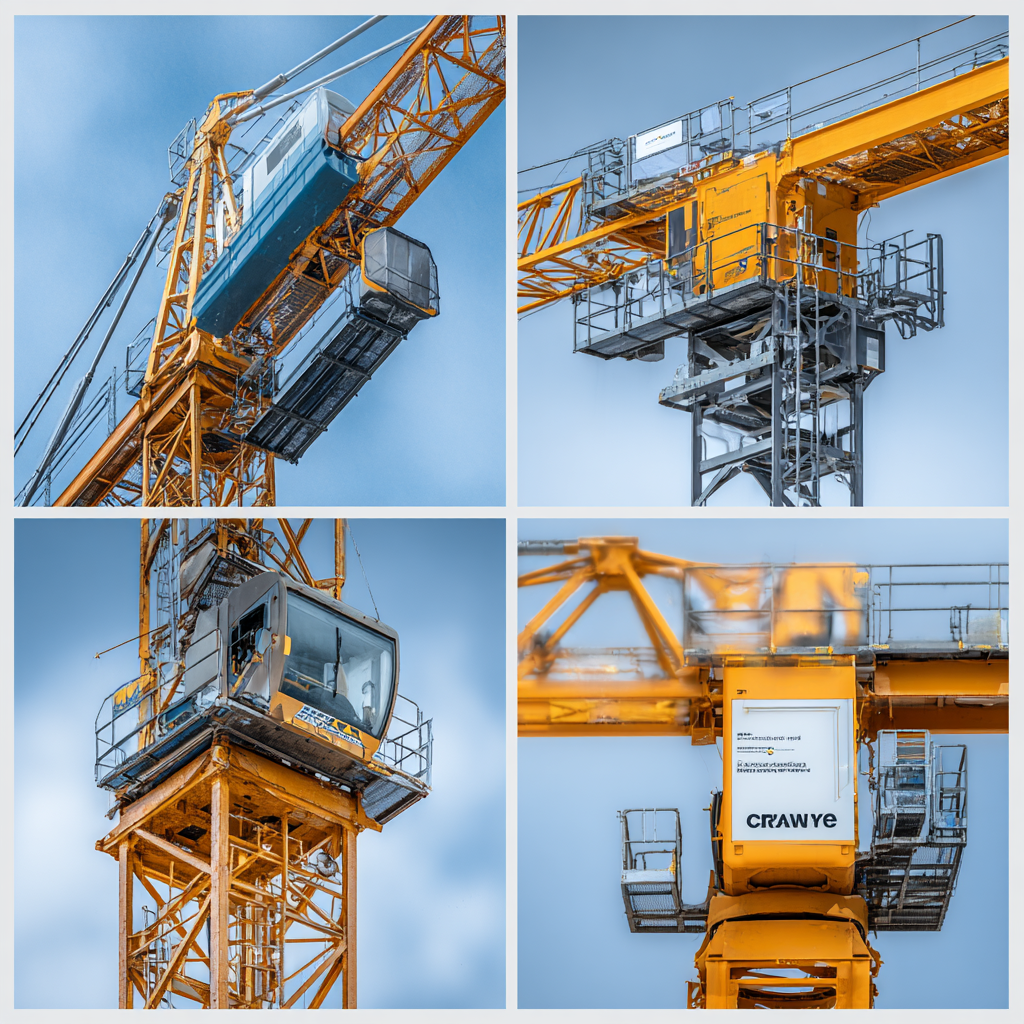
Another important aspect of maintenance is the evaluation of crane bearings and gears, which should be inspected for signs of excessive wear or damage. Regular lubrication and the timely replacement of these components not only improve the crane's operational efficiency but also reduce the risk of breakdowns on the job site. Furthermore, keeping a log of maintenance activities helps track the condition of various parts, making it easier to plan for replacements and avoid unexpected failures. By prioritizing these maintenance tasks, construction managers can ensure the longevity of tower cranes and the safety of their operations.
